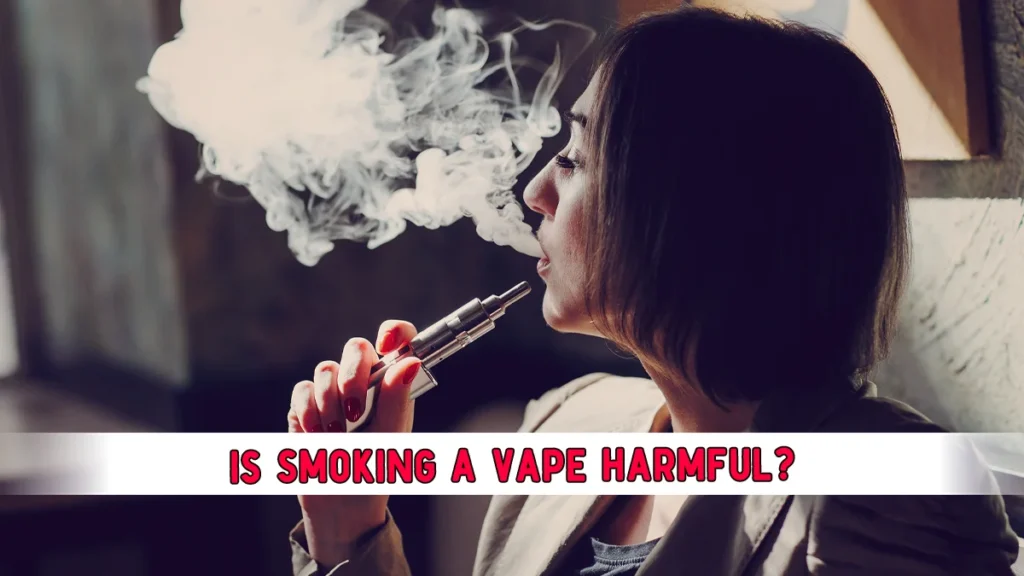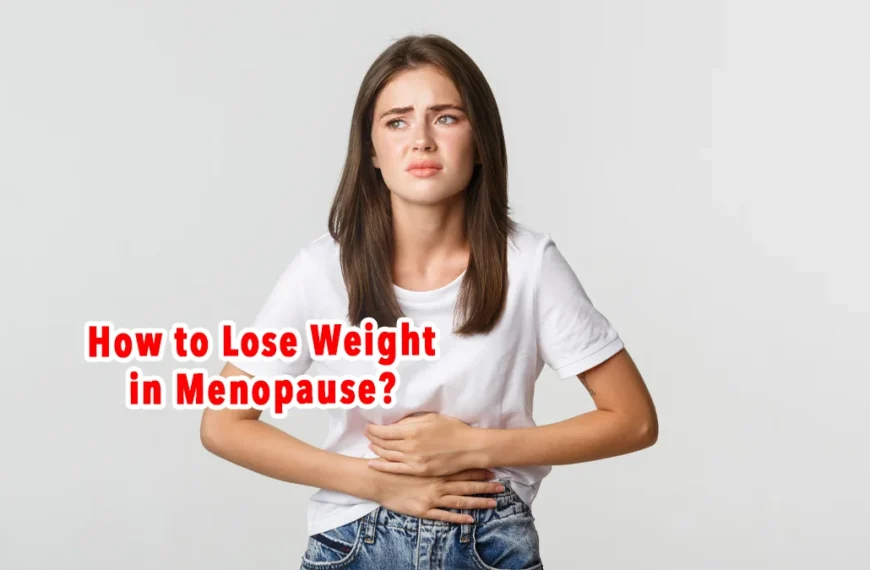Are you wondering if smoking a vape is harmful? Dive into this comprehensive guide to explore the facts, risks, and potential dangers associated with vaping.

In recent years, vaping has become increasingly popular, touted by some as a safer alternative to traditional tobacco smoking. However, amidst the allure of flavored vapors and sleek vape pens, a pressing question lingers: is smoking a vape harmful? To shed light on this topic, let’s delve deeper into the world of vaping and uncover the potential risks and consequences associated with this trend.
The Vaping Craze: A Brief Overview
Understanding Vaping (H2)
Vaping involves the inhalation of aerosolized substances produced by heating a liquid in a device known as an electronic cigarette or vape pen. The liquid commonly includes nicotine, flavorings, and additional chemicals. When heated, it transforms into vapor, which is then inhaled by the user.
Evolution of Vaping Devices (H2)
Over the years, vaping devices have evolved from simple e-cigarettes to sophisticated vape pens and mods, offering users customizable options for flavor and nicotine strength.
Smoking Vape Side Effects
Vaping, while often marketed as a safer alternative to traditional cigarette smoking, still carries potential health risks. Some of the side effects associated with vaping include:
- Respiratory Issues: Vaping can cause respiratory problems such as coughing, wheezing, and shortness of breath. This is because the aerosol produced by vaping can irritate the lungs and airways.
- Nicotine Addiction: Nicotine, a highly addictive substance found in many vaping products, can result in dependence and withdrawal symptoms when attempting to cease usage.
- Cardiovascular Effects: Nicotine in vaping products can increase heart rate and blood pressure, potentially leading to cardiovascular issues over time.
- Lung Damage: Vaping has been associated with lung damage, including conditions such as popcorn lung (bronchiolitis obliterans), which causes scarring and narrowing of the airways.
- Exposure to Harmful Chemicals: Vaping liquids often contain chemicals such as propylene glycol, glycerin, flavorings, and other additives. While these are generally regarded as safe for ingestion, the long-term effects of inhaling these chemicals are not well understood.
- Risk of Accidental Poisoning: There have been reports of accidental poisoning, particularly among children and pets, who may ingest vaping liquids or components.
- Increased Risk for Youth: Vaping has become popular among young people, and there are concerns that it may serve as a gateway to traditional cigarette smoking or other substance use.
- Unknown Long-Term Health Effects: Since vaping is a relatively new phenomenon, the long-term health effects are not fully understood. Continued research is needed to assess the potential risks associated with vaping over time.
It’s important to note that while vaping may carry fewer risks than smoking traditional cigarettes, it is not without its own health concerns. Individuals considering vaping should be aware of these potential side effects and make informed decisions about their use of vaping products. Additionally, if someone is trying to quit smoking, there are other methods and resources available that may be more effective and have fewer health risks.
Exploring the Safety Concerns
Chemical Exposure
Vape aerosols contain a myriad of chemicals, including volatile organic compounds and heavy metals, which may pose health risks upon inhalation.
Long-Term Health Effects
While the long-term health effects of vaping are still being studied, preliminary research suggests a potential link between vaping and an increased risk of cardiovascular diseases and respiratory disorders.
Frequently Asked Question
Is smoking vapes good for you?
The long-term health effects of smoking vapes are still not fully understood. While vaping is often considered less harmful than traditional smoking because it eliminates many of the toxins produced by burning tobacco, it’s not necessarily “good” for you. Vaping still involves inhaling potentially harmful chemicals, including nicotine, flavorings, and other additives, which can have adverse effects on health over time.
Is it healthy to inhale vape?
Inhaling vape aerosol is generally considered to be less harmful than inhaling smoke from traditional cigarettes. However, it’s important to recognize that vaping still carries risks. The aerosol produced by vaping can contain nicotine, ultrafine particles, flavorings, and other chemicals that may have negative health effects, particularly on the respiratory and cardiovascular systems. While vaping may be less harmful than smoking, it’s not completely risk-free.
What happens when you quit smoking and start vaping?
When individuals quit smoking and transition to vaping, they may experience certain health benefits. Since vaping eliminates the combustion of tobacco, users are no longer exposed to many of the harmful chemicals found in cigarette smoke, leading to improvements in lung function and reduced risk of respiratory illnesses. Additionally, some people find it easier to gradually reduce their nicotine intake by using vaping devices with lower nicotine concentrations, which can aid in smoking cessation efforts. However, it’s important to note that while vaping may be a less harmful alternative to smoking, it’s not without its own risks, and long-term effects are still being studied. It’s always advisable to consult with a healthcare professional for personalized advice on quitting smoking and transitioning to vaping.
Can vaping help smokers quit traditional cigarettes?
While some individuals may use vaping as a smoking cessation aid, it is essential to consult healthcare professionals for personalized guidance and support.
Are flavored vape liquids safer than traditional tobacco products?
Flavored vape liquids may mask the harshness of nicotine, but they still contain chemicals that can be harmful to health.
Is secondhand vaping harmful to non-users?
Secondhand exposure to vape aerosols may expose non-users to potentially harmful chemicals, albeit at lower levels compared to traditional tobacco smoke.
What measures can be taken to prevent youth vaping?
Implementing stricter regulations on the sale and marketing of vape products, coupled with comprehensive education campaigns, can help deter youth vaping.
Are there any safe vaping alternatives?
While some harm reduction strategies exist, such as using nicotine replacement therapies under medical supervision, the safest approach is to avoid vaping altogether.
How can individuals seeking to quit vaping get support?
Quitting vaping may require professional assistance and support groups. Healthcare providers can offer personalized cessation plans tailored to individual needs.
Te Mend Final Thought
In conclusion, the question “Is smoking a vape harmful?” warrants careful consideration. While vaping may offer certain benefits as a harm reduction tool for smokers, it is not entirely risk-free. Potential health risks, nicotine addiction, and the impact on youth underscore the importance of informed decision-making and regulatory measures to mitigate the adverse effects of vaping.
“Good news! Te Mend is now available on WhatsApp & Telegram Channels. Subscribe today through the link and stay updated with the latest news!” Whatsapp & Telegram




